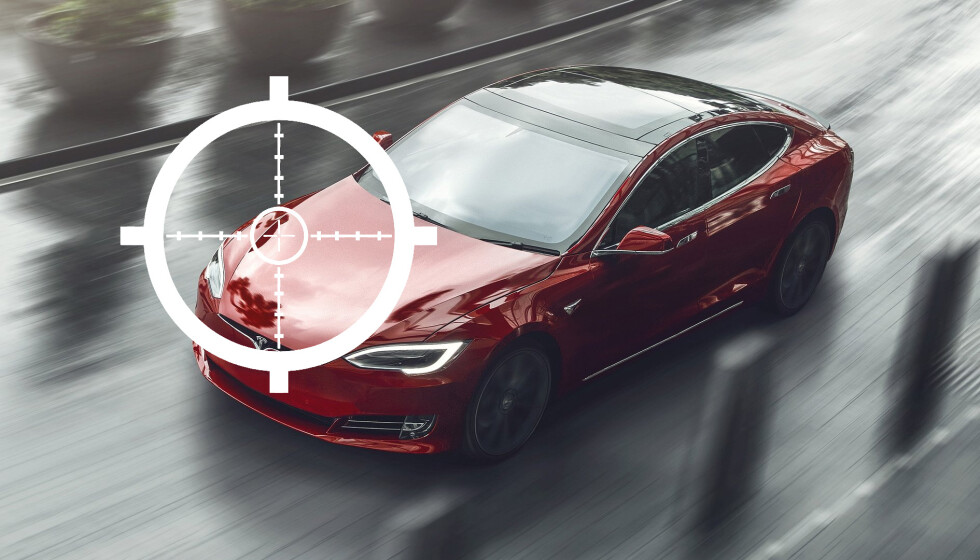10 years ago, electric cars were considered nothing more than exotic projects, concepts, artificial goods for individual eco-activists, but definitely not a competitive product for cars used to cars with gasoline or diesel engines. For the most part, then everything rested on the lack of infrastructure of fast charging stations, batteries with sufficient resource and a reserve of kilowatt-hours of energy, and the early models of electric cars were also priced at the level of sedans or crossovers of the "premium" group, while actually being in the more modest "A" classes, "B" or "C".
The first serial model from Tesla, i.e. the Roadster, which we will also mention in this review, also did not have the potential to become the driving force of the revolution in the automotive market. After all, it was a gasoline Lotus Elise, in which an electric drive was installed instead of an internal combustion engine, and a "suitcase" with batteries was placed behind the seats. It is clear that there were few willing to pay a price of more than $100,000 for an electrified Lotus. However, the next product, Model S, forced everyone to look at the issue of electric mobility in a different way. Both old-timers of the market and newcomers to the industry, who decided to quickly pick up the interest of buyers in battery-powered machines. And we will talk about them further.
- Electric cars in Ukraine — a market review based on the results of July
Here are ten brands, each of which at one time was considered (in their own press releases, media mentions, among analysts or simply car enthusiasts) "Tesla killers", but as of now, at least, they are not in a competitive shape to fully compete with Tesla for buyers of their products
1. Nikola
This manufacturer should become the main competitor for Tesla in the segment of highway tractors, offering an alternative to the Tesla Semi. Despite the fact that several exhibition electric trucks (as well as a hydrogen version) were presented, and there is even an agreement to cooperate with Iveco, during its existence (which is from 2014), this project has become more famous for various scandals and reports of fraud, but not "live" machines with outstanding characteristics promised on a well-made project website. At least 209 of the 209 electric locomotives in service had to be recalled due to battery ignition problems.
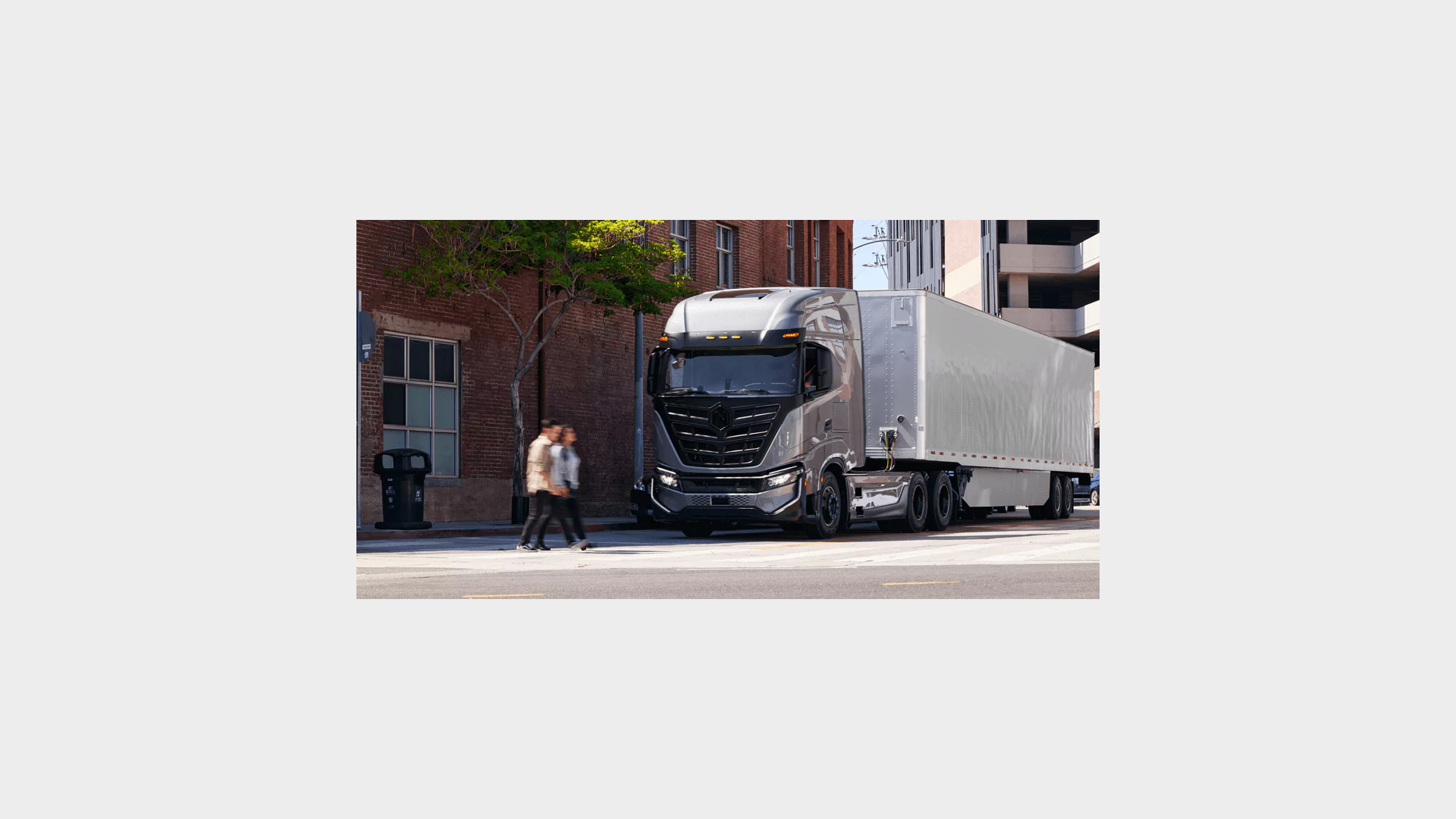
Status: The company is constantly pushing back dates for the start of "mass production" and has faced serious technical, legal and financial problems.
2. Faraday Future
This is another company that took as its name the name of a famous inventor in the field of electrical engineering. Michael Faraday is a scientist who discovered the phenomenon of electromagnetic induction, which underlies the operation of modern electric motors.
Faraday Future showed several concept cars at exhibitions, including the FFZERO1, which resembled the "Batmobile", and in all key parameters (although "on paper") it was ahead of the Tesla Model S. The company attracted considerable investment, received tax benefits from the American government, is building its own plant, but has not yet entered the market with a serial version of at least one electric car.
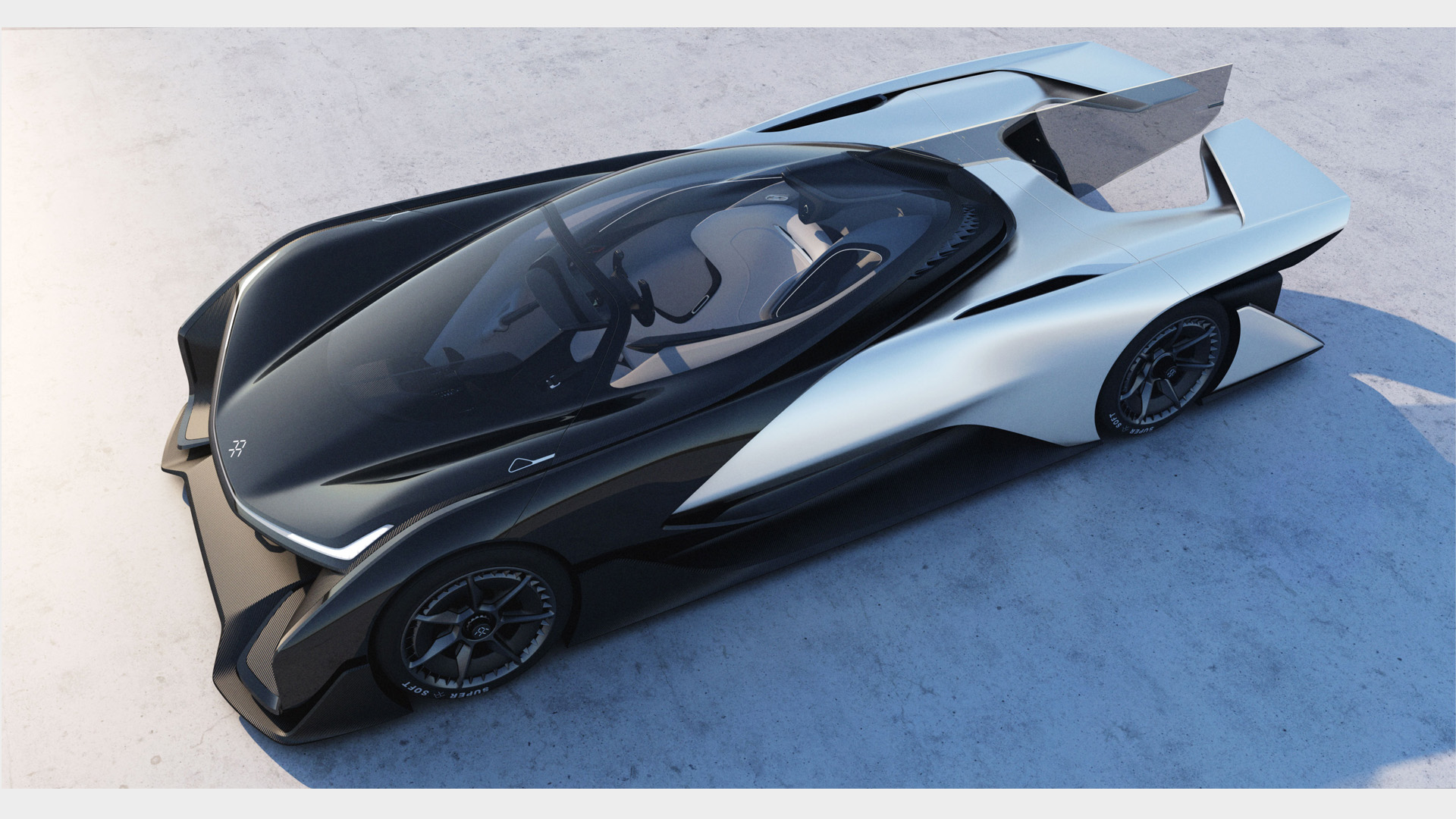
Status: The company is still unable to start stable serial production due to financial difficulties.
3. Lucid Motors
Unlike previous efforts, this company can still be called a manufacturer, because it has released two models (Lucid Air and Lucid 2) that are available to buyers. Several machines are even present in Ukraine (9 units of Air, market price from $100,000). The intentions of the founders to make everything better than Teslaʼs led to the fact that in the design of the car, components that were really better in terms of characteristics, but at the same time more expensive, were used. That did not allow the products to compete successfully with Tesla, which was already expanding the model range with more affordable models.
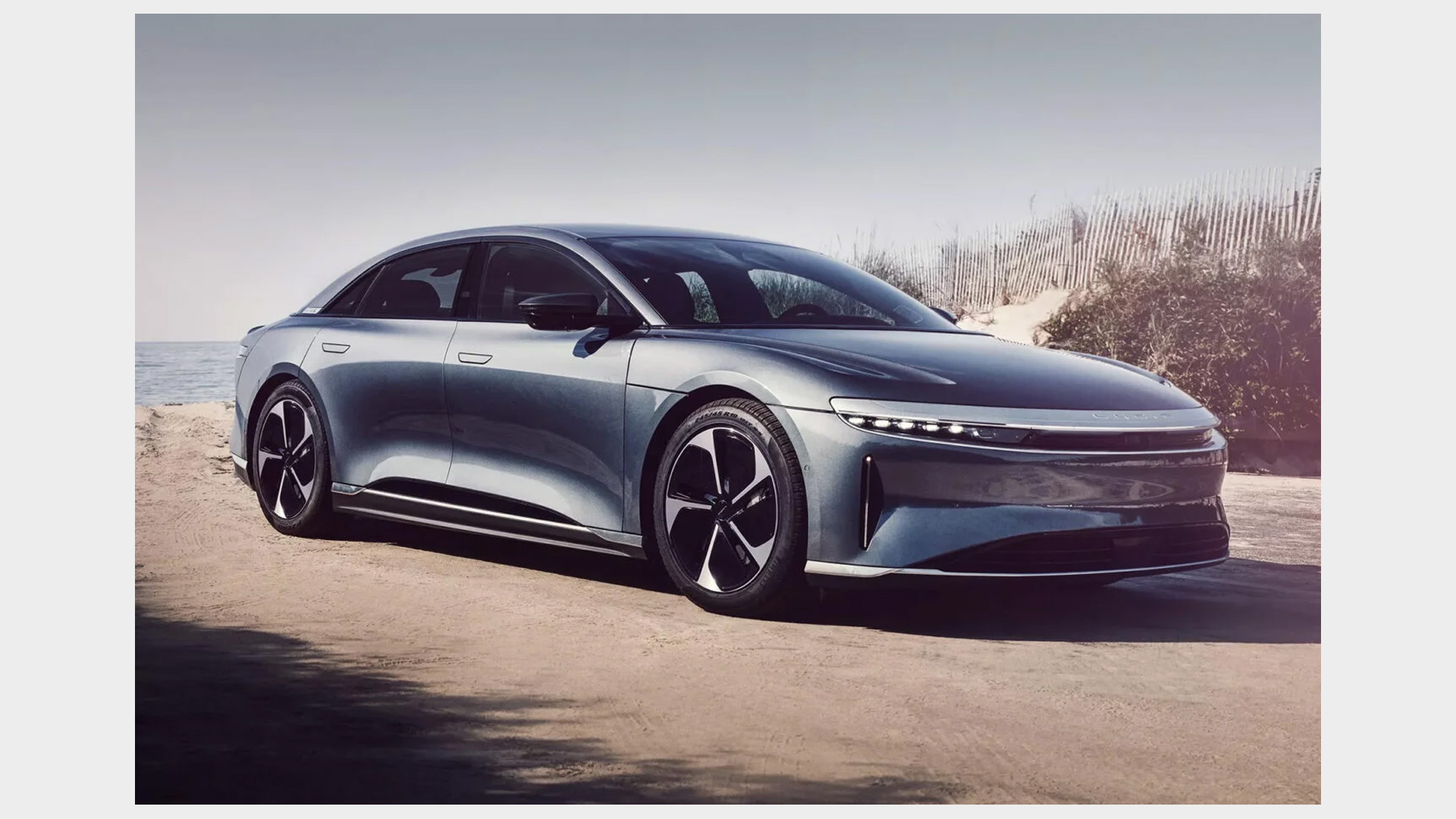
Status: Continues to operate, but has financial difficulties and problems expanding production.
4. Human Horizons (HiPhi)
Almost every report from the auto show, where Chinese manufacturers were present, contained a selection of photos or videos with HiPhi cars. Just like Tesla at the beginning of its existence, the founders of Human Horizons set their sights on the premium segment of the market, offering a luxurious crossover HiPhi X with a modern design and saturated with electronic options. According to the IDA, one such car is also present in Ukraine. In addition to it, there are two more, HiPhi Z — which the manufacturer assigned to a separate class — Digital Life GT. These cars should compete with premium electric cars, offer more, but their prices should be slightly lower.
Then several more models were presented, sales increased statistically from year to year, but their total number did not exceed 10,000 cars per year. Which is too little for a sizeable enterprise to become even self-sufficient, not to compete with other market players.
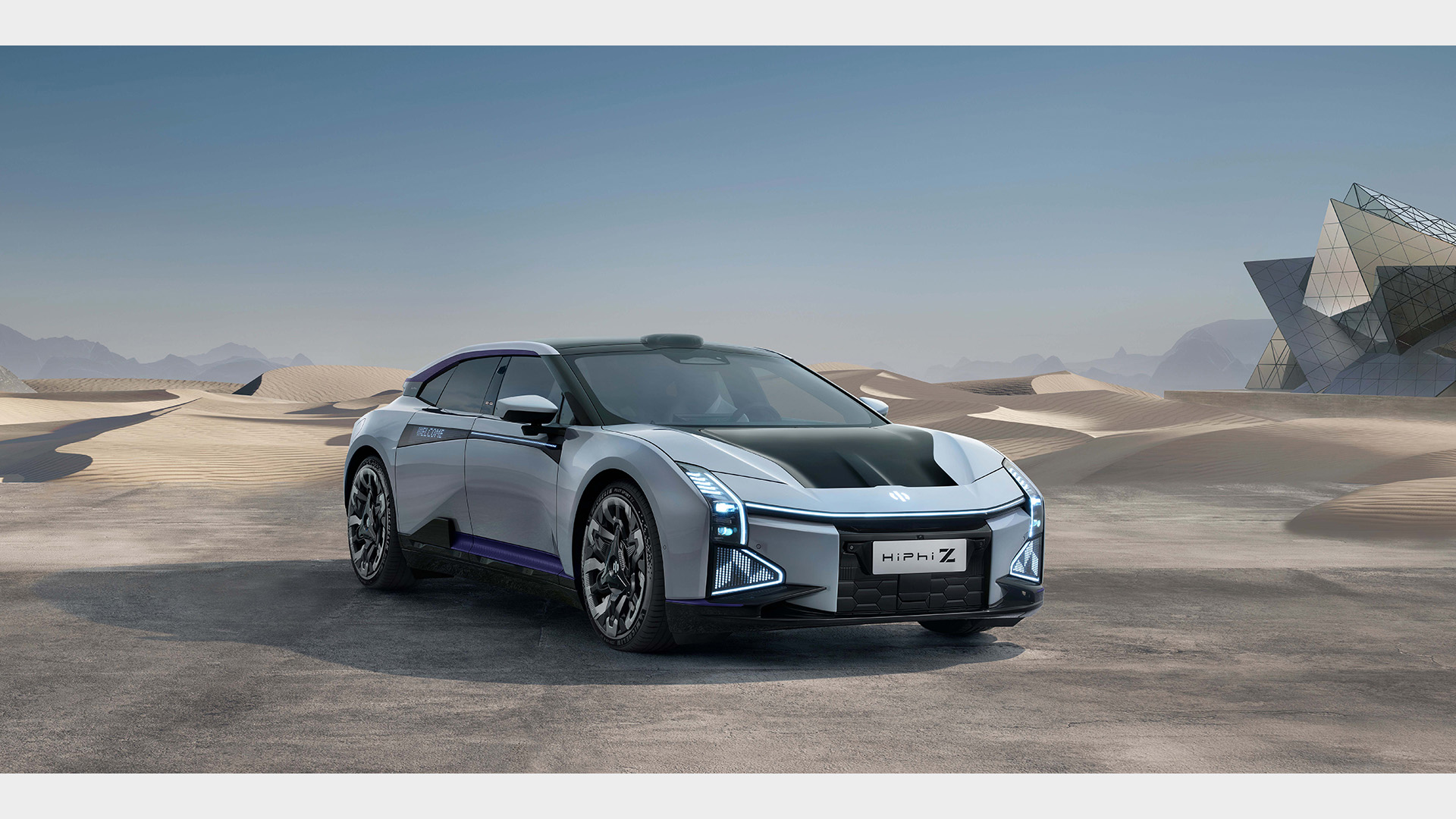
Status: The company filed for bankruptcy in August 2024 and is currently trying to reorganize.
5. Apple
The well-known manufacturer of computers and smartphones (as well as other electronics) was officially not included in the race between the manufacturers of the best electric cars. However, the number of references to the fact that Apple is working on its own electric car (reinforced by a lot of various sketches with the appearance of the future car) at one time exceeded all possible levels that this information is baseless. In addition, there are some confirmations that the project existed and was called Titan, and its main feature should be fully autonomous driving. But, officially there was no such thing — officially it did not happen. At least for now.
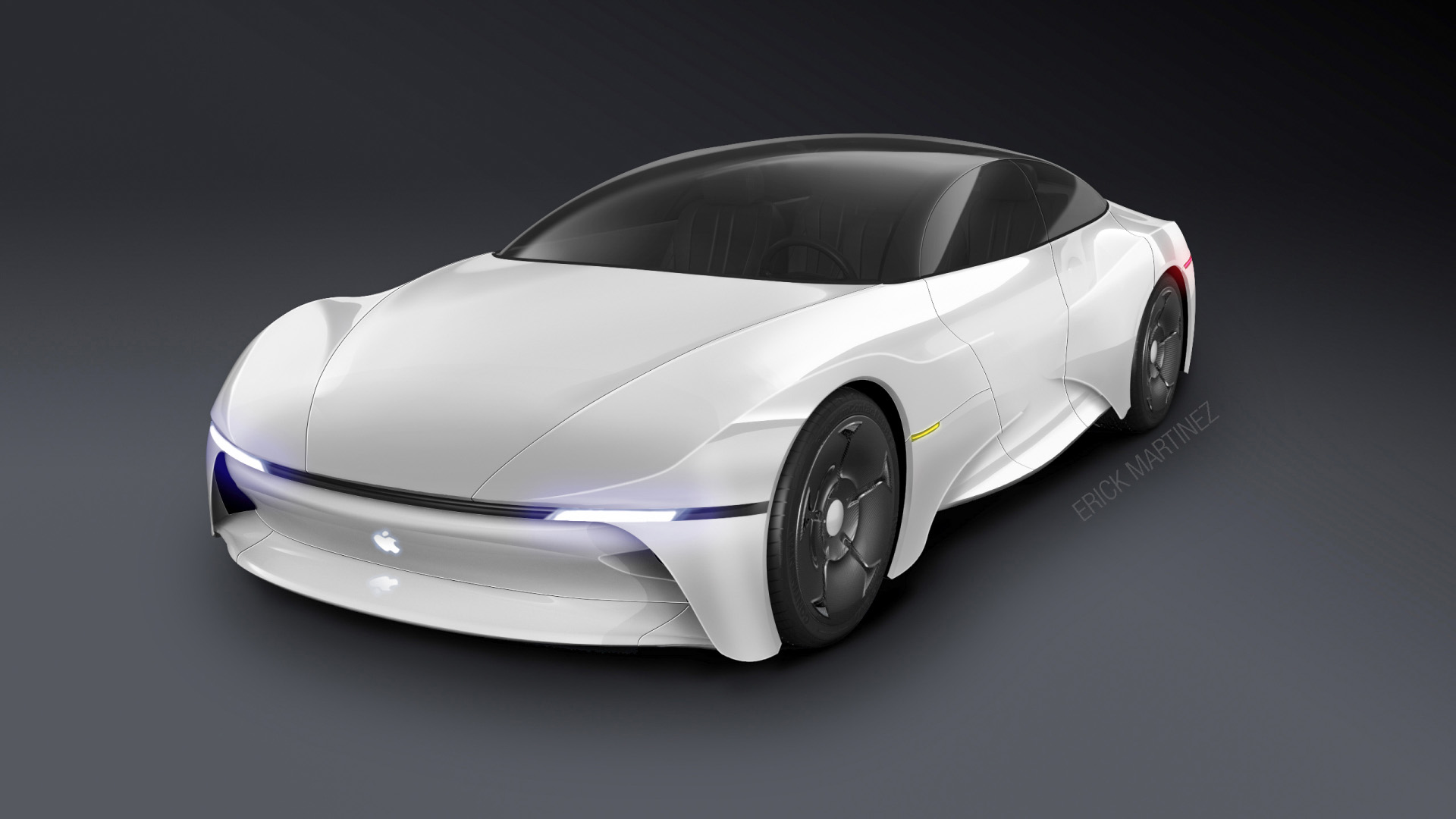
Status: Has not produced any production cars and plans for this remain uncertain.
6. Byton
The founders of this company in Hong Kong were people from BMW and Nissan, and the no less well-known company Foxconn should be involved in electronics. The project received support even from the Chinese government, in the form of a "significant" financial investment, the amount of which is not disclosed, as well as from the state-owned local manufacturer FAW. But the matter did not go beyond the deals and corporate wrangling. The promising start-up only had time to show a few exhibition concepts and closed down.
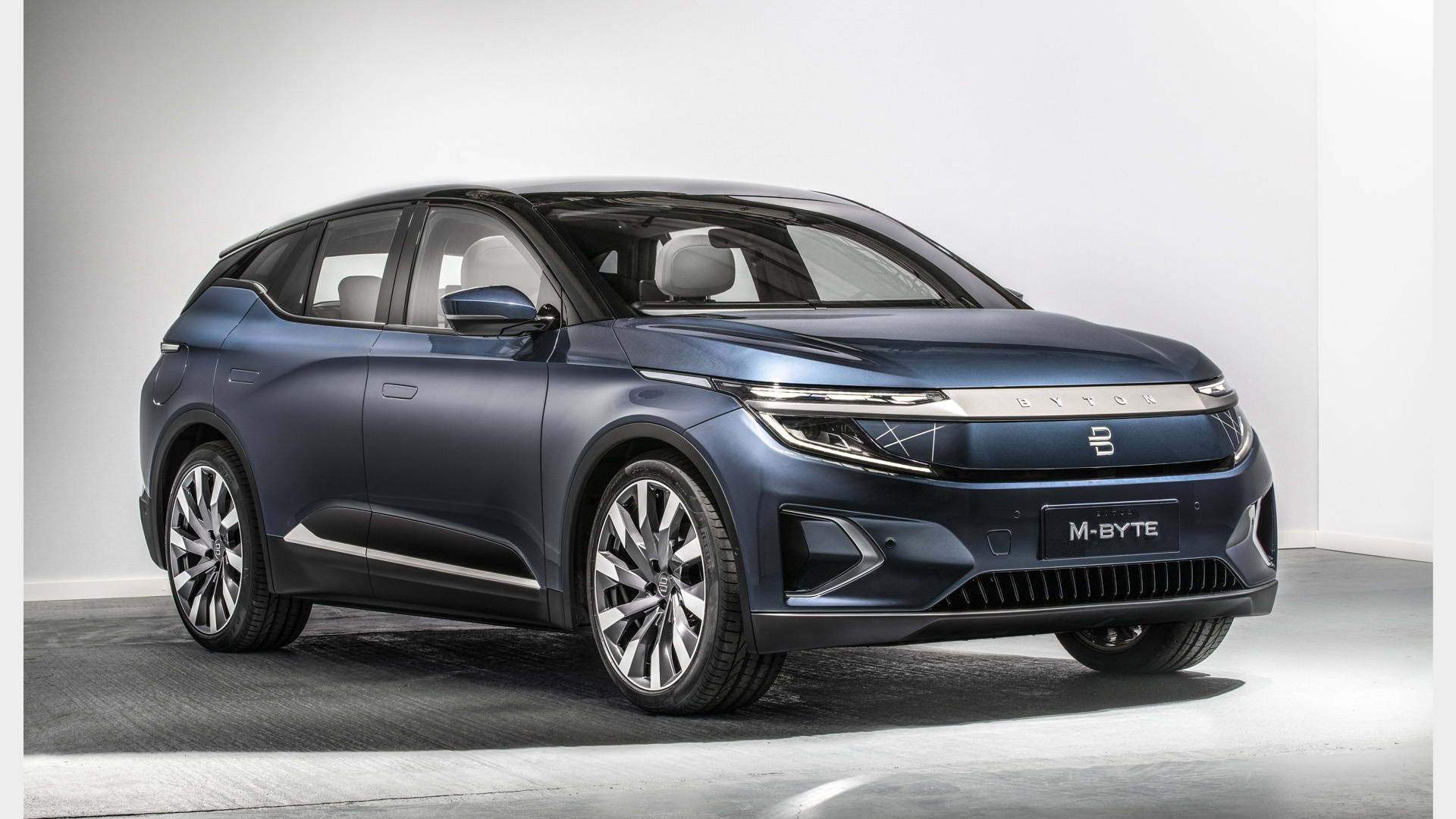
Status: The company has ceased operations due to financial difficulties.
7. Fisker Automotive (Karma)
The first car on the market from Fisker was the premium sedan Karma, with a hybrid power plant of the PHEV type, which had a lot of technical innovations and a sporty design from Henrik Fisker, the author of the exterior of the BMW Z8, Aston Martin DB9 and other famous models. But problems with traction batteries led to a decrease in sales, and subsequently to the bankruptcy of the only supplier of these batteries, which could not find a replacement.
The next model is the fully electric crossover Ocean (several cars are present in Ukraine), which also focuses on design and innovation, as well as the sports capabilities of individual versions, the power of which reaches more than 500 hp. The model has a competitive price and batteries from CATL. However, this attempt also encountered a number of incidents, again with power electricity, and production of Ocean was suspended "indefinitely".
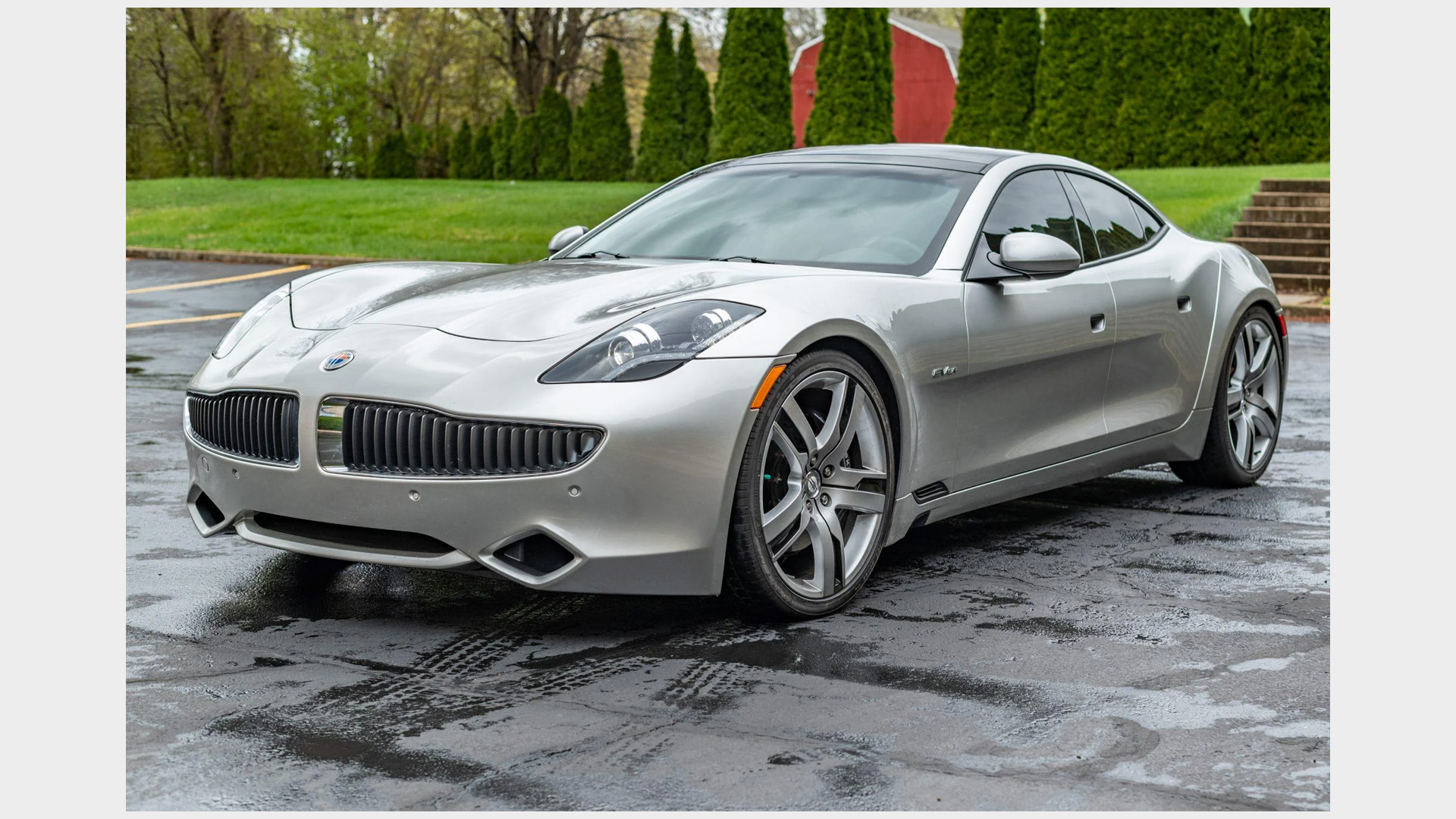
Status : Although the company has been revived as Karma Automotive, it has a limited market presence and is on the verge of bankruptcy.
8. Detroit Electric
Detroit Electric was founded in 1907 and until 1939 produced electric cars, which were quite popular at the time. The company produced several thousand cars, but due to the development of gasoline cars and other factors, the demand for electric cars decreased, production was curtailed.
In 2008, the Detroit Electric brand was revived by the efforts of Albert Lam, the former head of Lotus Engineering. The company announced plans to release modern electric cars positioned as competitors to Tesla. In 2013, Detroit Electric announced its first modern electric car, the SP:01, a two-seater sports car built (like the Tesla Roadster) on the basis of the Lotus Elise.
At one time, Albert Lam personally visited Ukraine and brought two exhibition specimens of SP:01 to Lviv for presentation in 2016. Not yet for sale, but to increase the audienceʼs interest in electric cars. However, the companyʼs mission "hanged" on this — there was no official announcement of closure or bankruptcy, just as there were no mass-produced electric cars available for public sale.
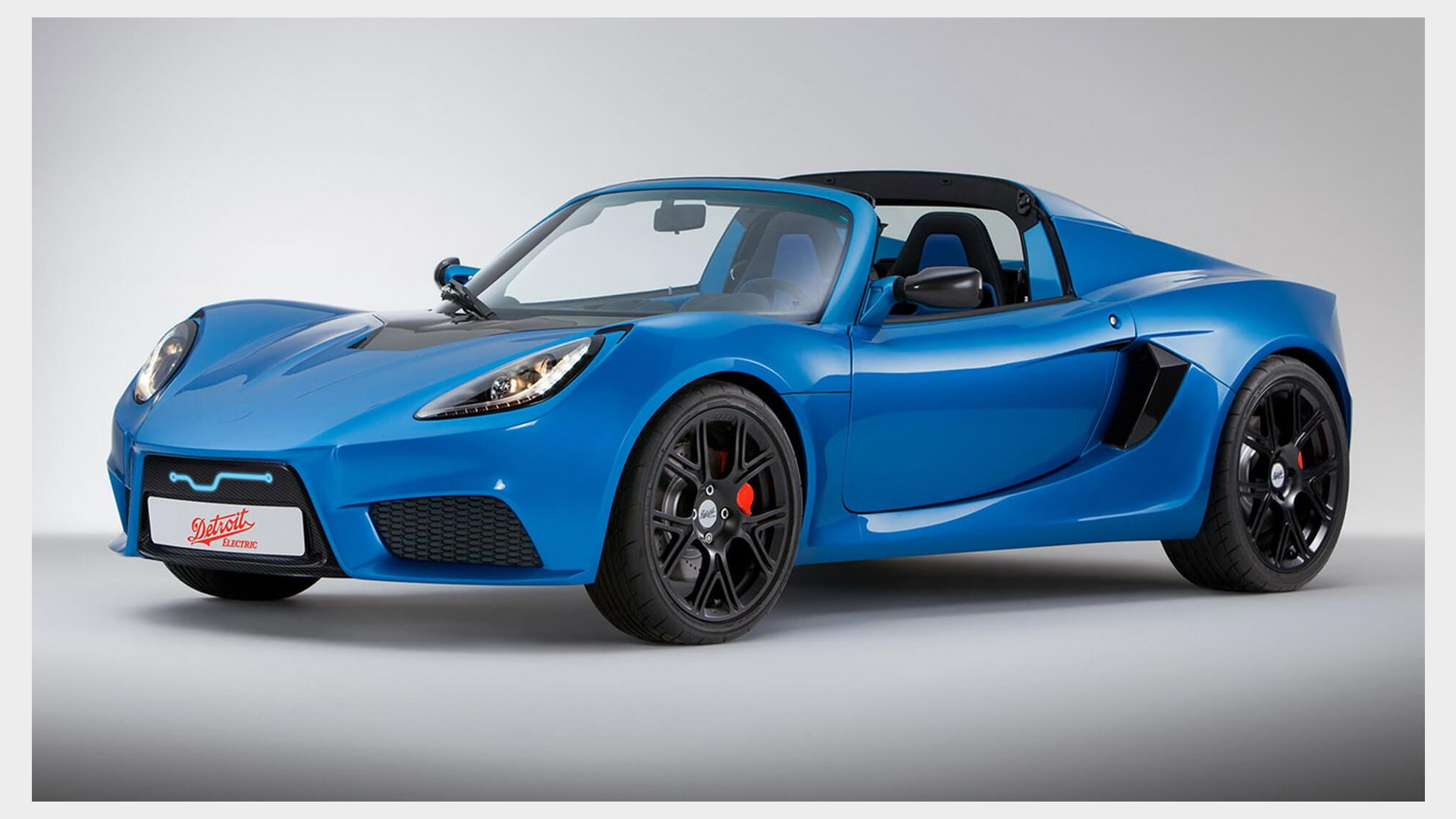
Status: Despite an attempt to revive the brand, the company could not start mass production of electric cars, the founders are looking for investors, the future of the company remains in question.
9. Dyson
A well-known British company that specializes in the production of household appliances (yes, these are incredibly expensive, but innovative and stylish hair dryers and vacuum cleaners), announced the development of an electric car that was supposed to become a serious competitor to Tesla. However, in 2019, the company announced that it was ending the project due to its unprofitability, without bringing the car to market.
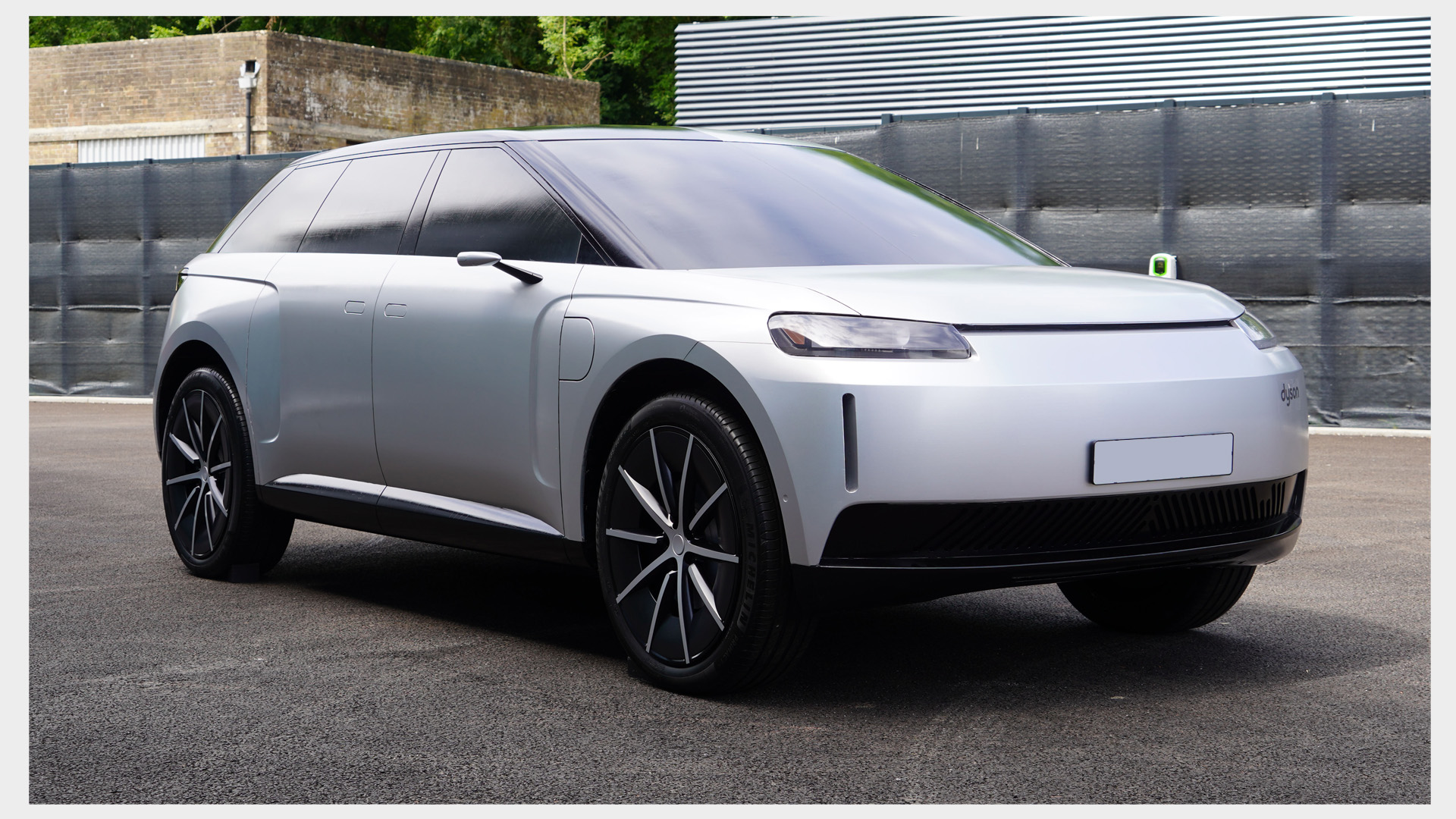
Status: In 2019, the British company Dyson stopped the development of its electric car, explaining that the project was not commercially viable.
10. Rivian
R1T and R1S are models already familiar to Ukrainian connoisseurs of electric cars. The first is a pickup, the second, which is more practical for our conditions, is a crossover. There are already 33 such pickup trucks and 22 electric crossovers on Ukrainian roads, and this number may still grow. Of course, if the companyʼs management manages to find additional financing and revise some production points, because so far the company has lost almost $40 thousand instead of profit on each car sold. Perhaps the agreement with Volkswagen, which is currently under negotiation, will help this manufacturer to leave this list. Although it is clear that such cases will definitely not lead to the "murder of Tesla", at least in the near future.
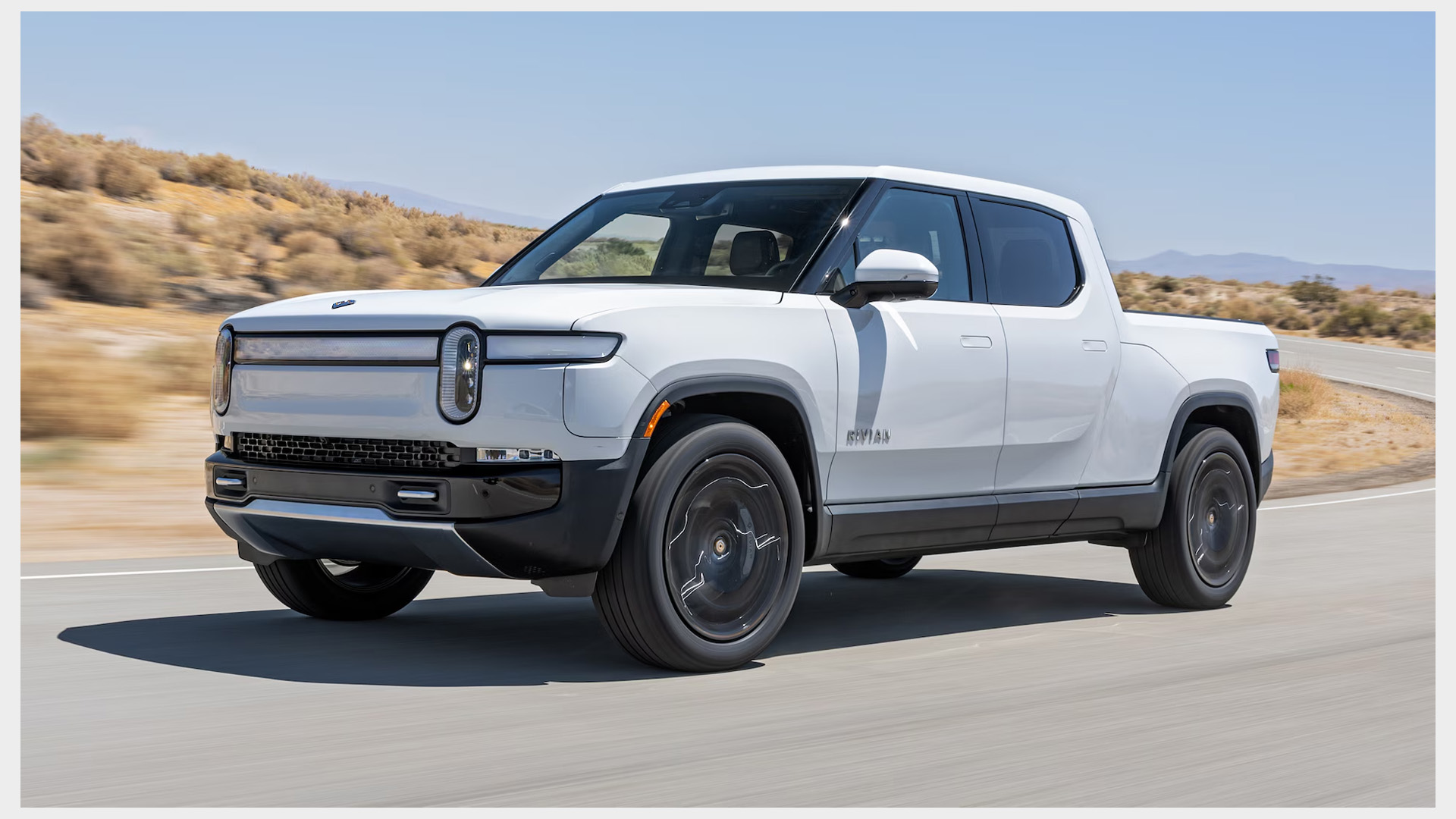
Status: The company continues to operate and produce electric cars, but so far costs exceed profits, which constantly puts Rivian on the edge of survival.
And what in the end? The simplest conclusion could be "donʼt even try — because only Tesla is allowed". However, even this American manufacturer, which actually managed to survive much more of its "killers" than those listed in this list, did not immediately take a strong position in the market. From the time of the official formation of Tesla Motors in 2003, when it did not yet have Elon Musk, it took 16 years to the moment when the company began to receive profits. This is already having massive sales of four models — Model S, X, 3 and Y.
The ten stories above serve rather to form an understanding of what a successful startup capable of becoming self-sustaining, and then profitable and competitive, should consist of.
- First of all, you should have a project that will take into account market trends and expectations of buyers, which will correspond to the price of the car. To this, some personal innovations should be added, in order to be at least somewhat different from others. But despite the fact that many famous founders had (at first glance) excellent projects, this turned out to be not enough.
- In order for the idea to be transferred to paper, from paper to metal, and then to be replicated in sufficient numbers, investments are needed. Simply put, money, lots of money. At the same time, it should be emphasized that big money = big responsibility. Therefore, the project must be viable, and this must be confirmed by at least several experts.
- So that the money does not run out before the start of mass sales, it is necessary to enlist the support of qualified financiers who would not limit the creativity of the team, at the same time would not allow it to waste the initial capital on creative searches and efforts to create another 1000-strong "killer" you know who. All creative impulses must be balanced with reality — not everyone, as practice shows, needs "Batmobiles".
- The market is changeable, as are the tastes of buyers. If earlier it was possible to gather an audience of wealthy customers ready to buy premium electric cars without any problems, now the focus of demand is shifting to more affordable options, which, above all, should have a price similar to similar cars with internal combustion engines. Therefore, it is worth adding to the first point that you should have not just a single (perhaps the best in the opinion of the creator) project, but several, modular ones that could be quickly adjusted to market demands.
- Team: look for like-minded people among engineers, financiers, lawyers, designers — any specialists. Who will be able to strengthen the team, who believe in a common goal, but at the same time look at things soberly and have experience. Fanatism alone is not enough here.
By the way, now the first mass model Tesla Model S can be bought (used) in Ukraine at a price of $12,000. Ten times less than it cost when it entered the market, and when there were queues behind it. And other electric cars with mileage have also come close in cost to cars of the same class with internal combustion engines. So if you were interested in the topic of "electric cars", but still thought that they were too expensive and exclusive — we hasten to inform you that the opposite is true — now you can buy them for relatively little money. You can also choose (without queues) from among various options. After all, in addition to Tesla, which for some reason someone constantly wanted to "kill", there are many other manufacturers of electric cars that did not challenge anyone to a "duel", but this did not prevent them from successfully competing (and continuing to do so) in the electric car segment.
- You can order a "turnkey" or buy an electric car in stock at the West Auto Hub company .
Subscribe to the Telegram channel of the Auto Market Research Institute to be the first to receive information without ads or spam.
Text: Ostap Novytskyi
